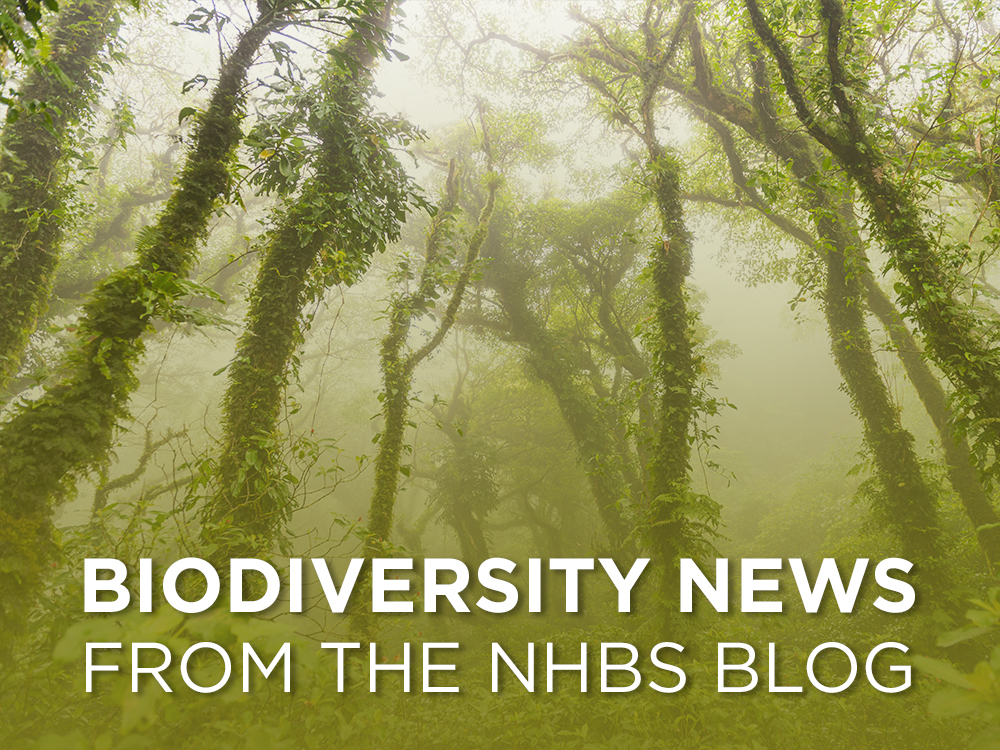Conservation
Tasmania’s farmers are helping to conserve native grassland. These critically endangered habitats have undergone widespread deterioration due to historical agricultural practices, and remaining patches are degraded and fragmented throughout the state. An innovative partnership between landowners, the Tasmanian Conservancy and Bush Heritage Australia – the Midlands Conservation Partnership (MCP) – was formed to conserve and protect native grassland on private property through empowering farmers to manage their land sustainably.
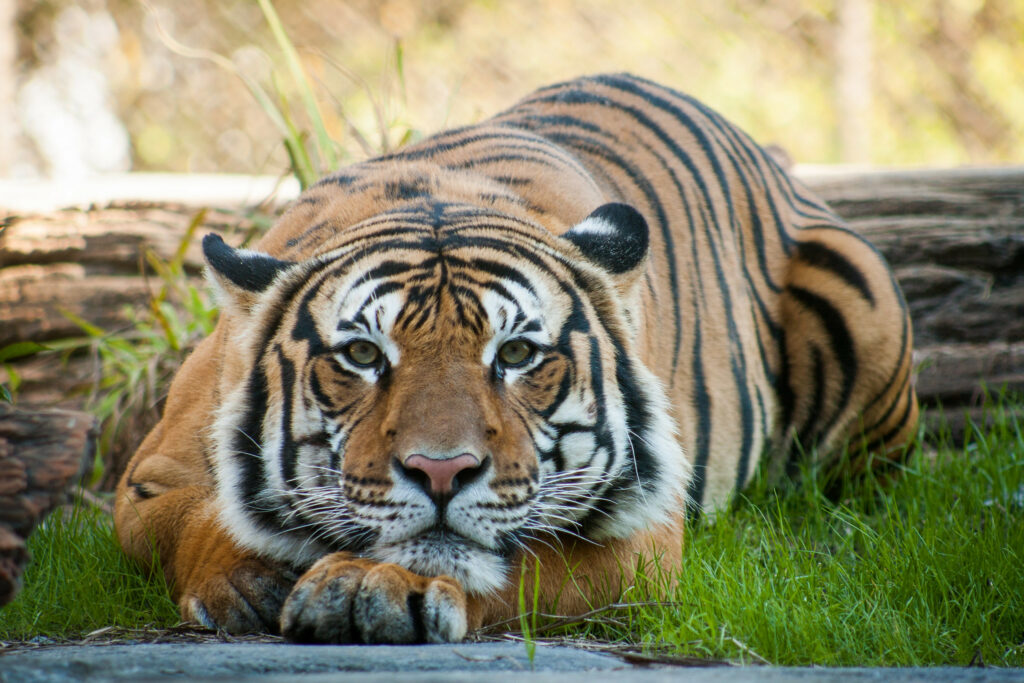
A growing number of zoos across the globe are reporting animal death by avian influenza. The virus appears to be spreading throughout captive animal collections, which could have grave, and potentially fatal, consequences for endangered species – already, zoos have reported deaths of a number of threatened species, including lions, tigers and panthers. It is thought to have been spread through infected wild birds landing in open air enclosures, and experts emphasise the need for enhanced biosecurity, or vaccination, to ensure the safety of captive animals.
A leading wildlife expert is calling for the legalisation of rhino horn trade. Martin Wikelski wrote to the journal Science, urging authorities to take the market out of criminal hands, in order to establish carefully monitored, legal transactions and regain control of the market. Wikelski argues that monitored trade could help to raise money for increased protective measures and save the last remaining populations, since crime syndicates have overcome every countermeasure that has been implemented to protect rhinos thus far.
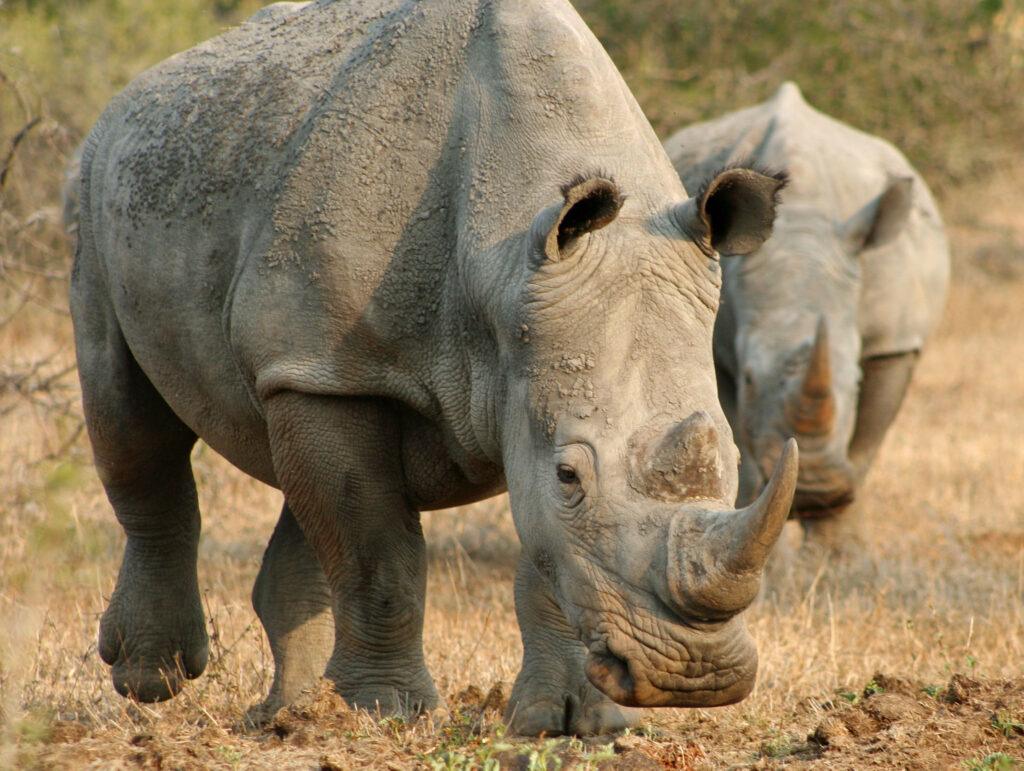
Discoveries
Twenty-seven species new to science have been discovered in a survey in Peru. A 38-day survey in Alto Mayo, a well-populated region in north-west Peru, has uncovered over 2,000 species of wildlife and plants, including new, rare and threatened species. Of these species previously unknown to science, there are four mammals, an arboreal salamander, seven species of new fish, a frog, ten butterflies and two dung beetles – and a further 48 species are awaiting verification before confirming their discovery. Alongside these exciting new discoveries, the expedition identified 49 threatened species from the IUCN Red List, including birds, amphibians and primates, and it is hoped that these discoveries will bolster conservation work in the region.
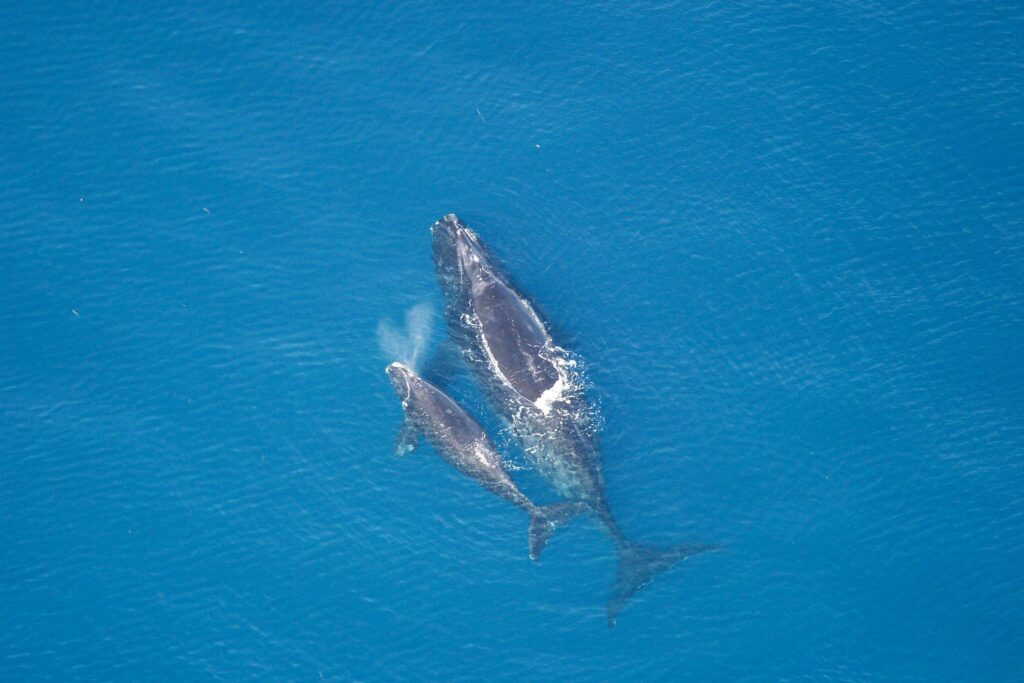
A recent study has discovered that right whales may live almost twice as long as previously thought. Four decades of photo identification data was used to analyse the life expectancy of Northern Atlantic Right Whales and Southern Right Whales. Researchers observed a life expectancy of up to 150 years for Southern Right Whales, and a contrasting 22-year average for North Atlantic Right Whales – primarily due to anthropogenic impacts, including entanglement in fishing gear, ship collisions or starvation which could be linked to environmental change. Authors plan to expand the scope of the study to examine other whale populations, in order to learn more about how whaling practices have impacted the abundance of older individuals and allow for estimates of recovery to pre-whaling population sizes.
Wildlife
Data shows that almost three quarters of the UK’s Sites of Special Scientific Interest (SSSI’s) have had no assessment of their condition since the start of 2019. These sites consist of ecologically valuable habitats, wildlife and natural features, and are legally protected to prevent environmental degradation. In the last assessment, nearly 40% of features were in unfavourable condition, and without further monitoring, conservationists warn that British wildlife could be disappearing unnoticed. In response, a long-term programme is being developed by Natural England to determine SSSI assessment, as well as making improvements to monitoring and data use.
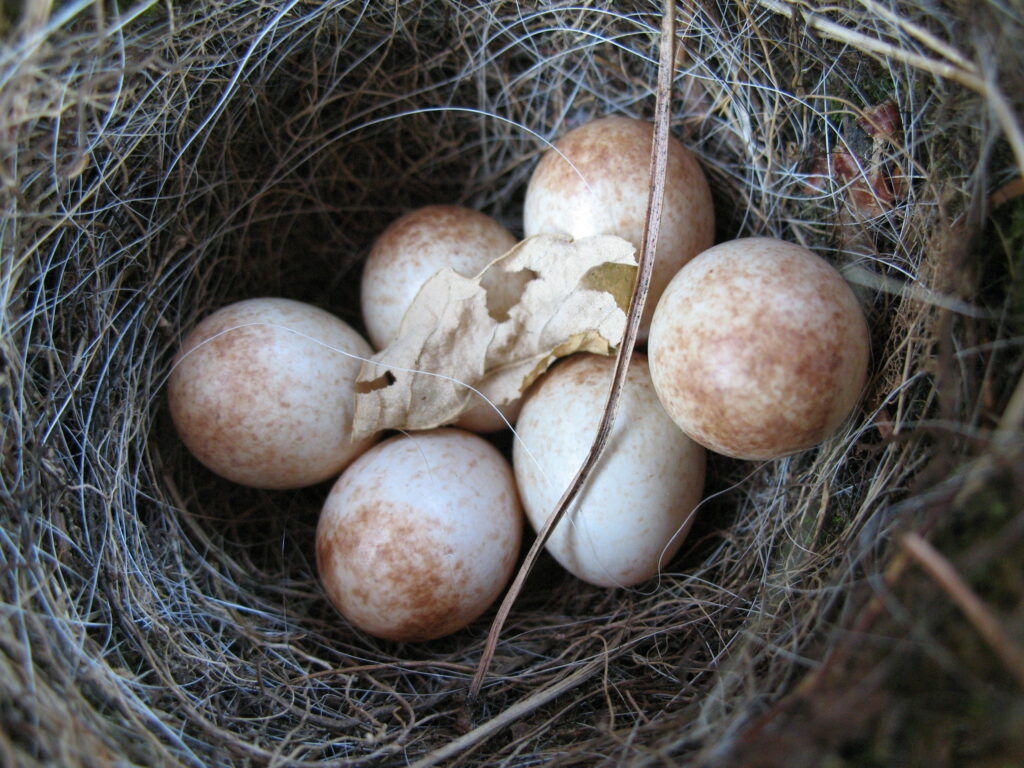
Over 6,000 wild bird eggs have been seized in the UK. In the largest haul of it’s kind, raids from Scotland, South Yorkshire, Essex, Wales and Gloucester uncovered thousands of wild bird eggs in attics, offices and drawers. The raids took place under Operation Pulka – an international effort tackling wildlife crime, especially the trading of bird eggs. Harvesting by egg collectors is placing additional pressures on already threatened and rare wildlife, and for species with a limited geographic range, could be the difference between existence and extinction.

